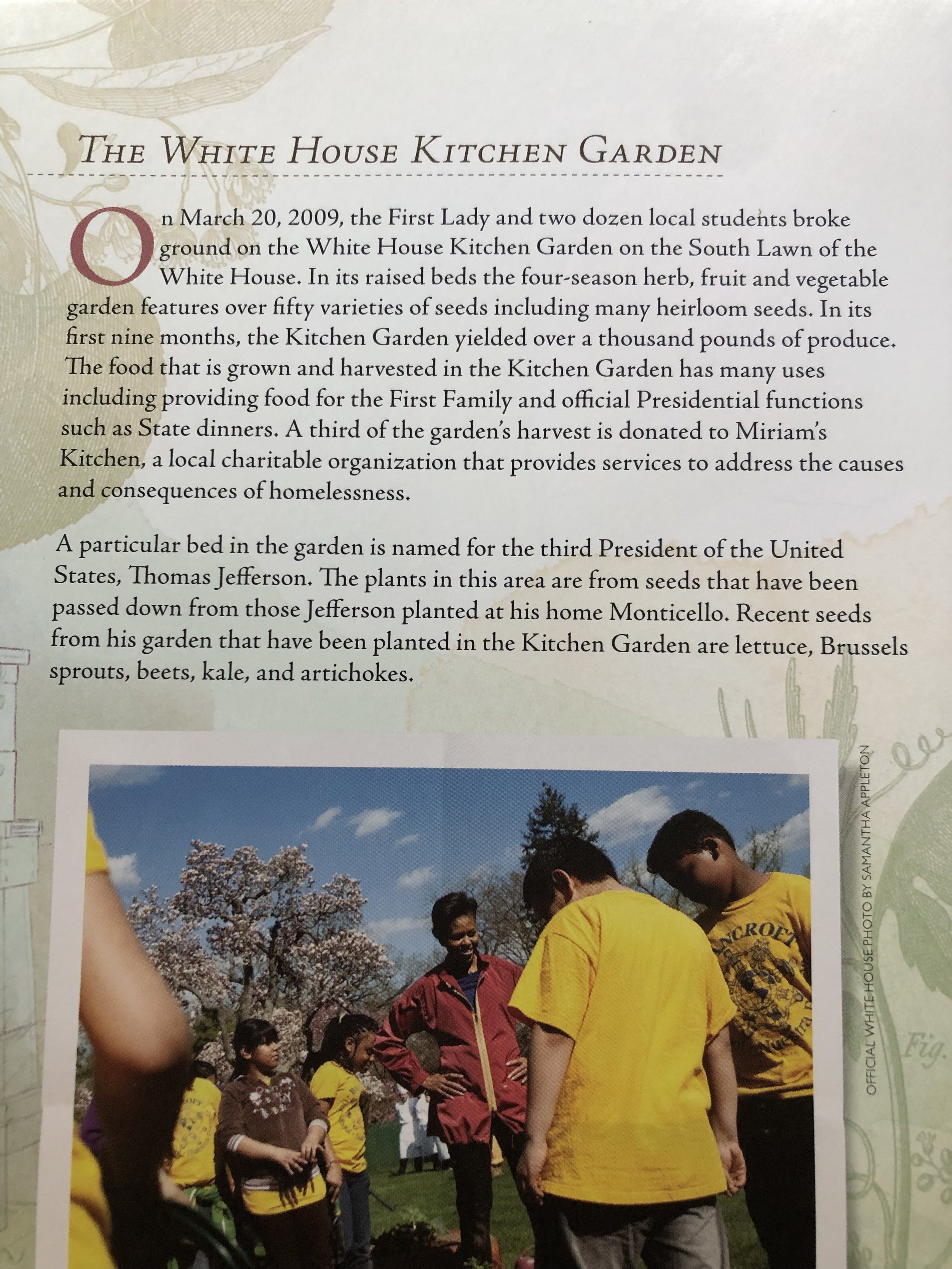Washington D.C. Across Time
Washington, D.C. has played a role in my life for over sixty years. When my father was transferred to the Pentagon in 1958, I was a freckle-faced 7th grader who’d just learned to dance, Dulles Airport was still on the drawing board, and President Eisenhower was halfway through his second term in the White House. On weekends my mother took my sisters and me on regular field outings to the National Mall’s museums, monuments, art galleries and seats of power.
In 1986 when Kit and I moved from Los Angeles to D.C. for an assignment at National Geographic, we bought a house in Adams Morgan above Rock Creek Park near the Duke Ellington Bridge. It was the same neighborhood where my father took me one magical night during the Kennedy administration to the Rock Creek amphitheater to hear Ella Fitzgerald and Al Hirt.
From Adams Morgan, Kit and I would walk down 18th Street to work and back home each evening—passing through leafy neighborhoods that had been fashionable suburbs until World War II. After desegregation, white families fled to more distant suburbs, and people of color moved in. By the time we’d moved there, gentrification of the common-wall brownstones and the return of white homeowners eager to be closer to the heart of the city was underway.
In September 1988 we left the buzz of the city for Missouri where Kit served as chair of the Geography Department at MU in Columbia, and I began a writing life in the country at Breakfast Creek. For the next decade, we returned to D.C. every July to direct summer geography institutes for K-12 teachers from across the country.
Urban field walks were a key component of every NG institute. Kit and I led hundreds of teachers down 16th St. past Hubbard Hall—the National Geographic’s 1888 headquarters on the corner of M St to Lafayette Square in front of the White House. Along this historic corridor, fashionable hotels, historic churches, the imposing offices of national unions, and embassies (including the Russian Embassy) relish their proximity to power. “Location, location, location” as geography teaches us “is everything.”
Urban neighborhoods are always evolving. In the late 1990s, developers took advantage of city-led urban renewal projects and began investing in neighborhoods like the historic U Street District that had been plagued for decades by drugs, riots, and civic disinterest. Surrounded by restored Victorian–era row houses, the Shaw neighborhood along U St. was a camp for freed slaves during the Civil War, named after Colonel Robert Shaw—commander of the first official black unit in the US military. Located northeast of the Capitol building, historical museums and national monuments on the Mall, you can now Metro in minutes to a U St. station to visit the African American Civil War Memorial & Museum.
A mural of Duke Ellington is a reminder of an era when this “city within a city” was a vibrant intellectual and cultural center for African American life, with jazz clubs along U Street that was known nationally as “Black Broadway.” While the area declined following the 1968 race riots, Ben’s Chili Bowl—founded in 1958 by Ben and Virginia Ali—remained its heart and soul. Today, it is still a culinary destination for anyone who loves chili dogs and hot smokes.
After America elected its first Black President in November 2008, President-elect Barack Obama played basketball in a rec center in Adams Morgan (our old neighborhood) and then met the city’s mayor for lunch at Ben’s Chili Bowl. In the spring of 2009, Kit and I went there well past lunchtime where a line still spilled out the front door. Finally inside, we lucked into two empty seats at the counter directly across from the very booth where Obama had his first Ben’s Chili Bowl experience.
In March 2009, First Lady Michelle Obama and a class of 6th graders from Bancroft Elementary School planted a kitchen garden on the South Lawn of the White House. While in DC in May 2021, I set off on a culinary mission of my own. After spotting Park Ranger near the South Lawn of the White House, I lucked into a ticket for the annual Spring Garden Tour of the White House gardens. For more than an hour, I walked the grounds and photographed the First Lady’s kitchen garden. Her work promoting healthy food inspired teachers around the country to involve their students in planting school yard gardens—including one in Ashland, Missouri where we lived.
At the 2024 Democratic Convention in Chicago, I felt that same audacious sense of hope, optimism and love that the Obamas and the Bidens brought to the White House. They made it the Peoples’ House once again. Now as the country faces threats to our personal freedoms and to democracy itself, there is an urgency to be audacious once again.
As Former First Lady Michelle Obama said in her riveting speech at the convention, “It’s time to do something.” This election, it’s time to vote for light over darkness, vote for community over privilege and vote for a president and vice president who will fight for all of us. On November 5th, it’s high time we elect America’s first Madam President.





